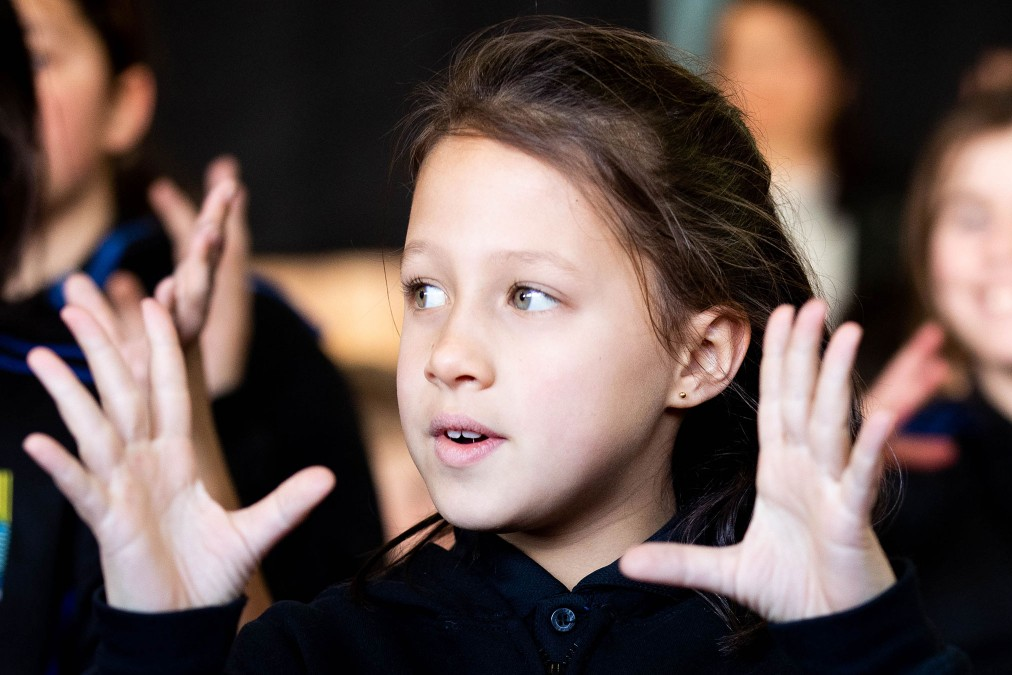Whai - String games - Activity collection
This activity collection, “Whai - String games”, is part of the resource collection Te Ao Kori.

About this resource
This teaching and planning activity collection has instructions that help kaiako support ākonga in playing whai while learning about their whakapapa and tikanga.
Kaiako can adapt and develop activities from the "Whai - String games" (years 1–8), which is part of the resource collection, Te Ao Kori, to meet the identified learning needs of ākonga.
Whai - String games: Activity collection
Explore the resource collection, Te Ao Kori
This activity resource from "Whai - String games", is part of the resource collection Te Ao Kori.
Background information
Te Ao Kori collections
Tātaiako cultural competencies for teachers of Māori learners

Include hapū, iwi, and tangata whenua
Techniques, tikanga, and popular whai (string games) vary between hapū and iwi. Acknowledging tangata whenua and popular whai in your area can begin with conversations and partnerships with ākonga and whānau who bring expertise to the classroom. If you have no Māori whānau, hapū, or iwi connections, within your school, seek introductions to Māori communities through Kāhui ako/school networks, or talk to the strategic advisor Māori at your regional Ministry of Education office.
Whakapapa
Whai are games played with a length of string tied to form a circle. The origin of whai is credited to Māui, a hautupua, and they are sometimes called by his name. When put over the hands, hooked over the thumbs and little fingers, and pulled taut but not tight, a rectangular loop is formed that is the basis of the pattern called whai. The formation of various designs provided amusement during winter nights and also developed dexterity.
Tikanga
Ākonga work in pairs to support one another in learning each string activity. Encourage ākonga to actively support one another to accomplish each string pattern. Learning can be kaiako led and peer-supported, or ākonga can learn from pictures and through experimentation. Kaiako are encouraged to try all the patterns first.
Te reo Māori vocabulary
Games such as those in Whai collection offer an opportunity to use te reo Māori and appreciate tikanga Māori. In these game contexts, we can use te reo Māori such as:
- Harakeke – New Zealand flax; phormium tenax
- Mahi whai – string games
- Ngā tauira heketau – parachute patterns
- Ngā mahi a te rēhia – games and pastimes
- Ngā taimana e rua – two of diamonds
- Te kapu me te hoeha – cup and saucer
- Whai – string games
Activities
See below for all resources in the activity collection, “Whai - String games".
Te kapu me te hoiha - Cup and saucer
Ngā heketau te tauira - Parachute pattern
Ngā taimana e rua - Two of diamonds
Tānga mahi whai - Mahi whai relay











